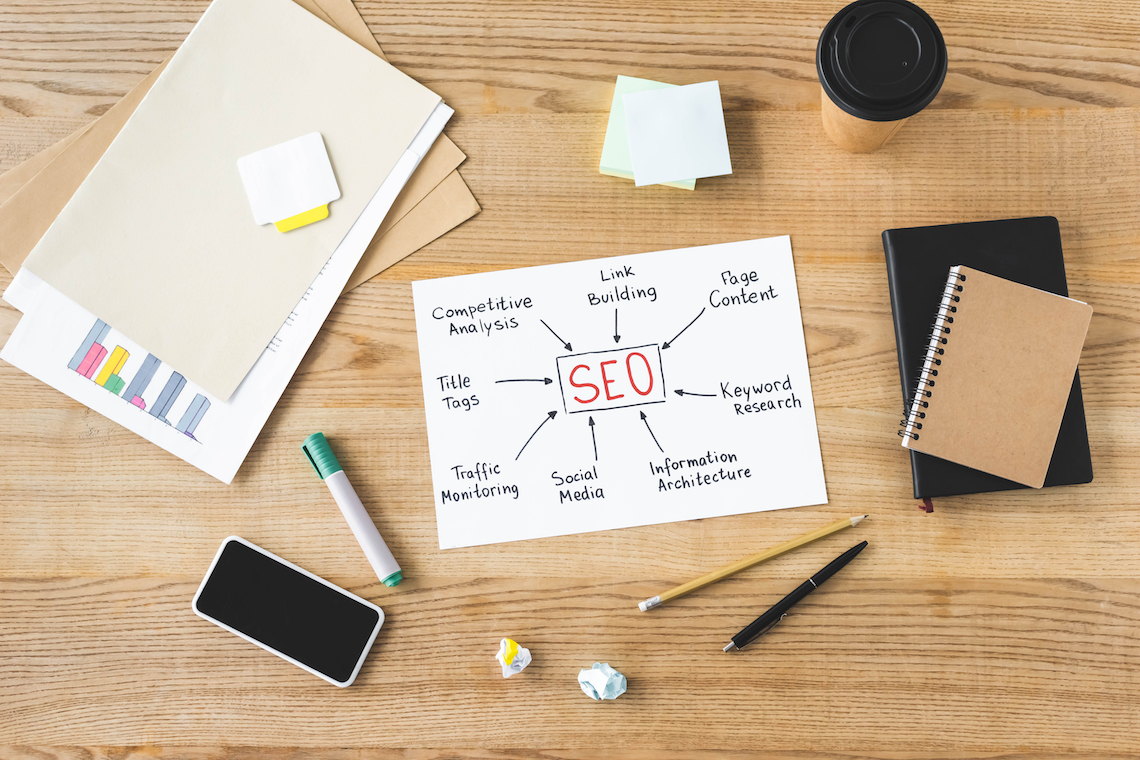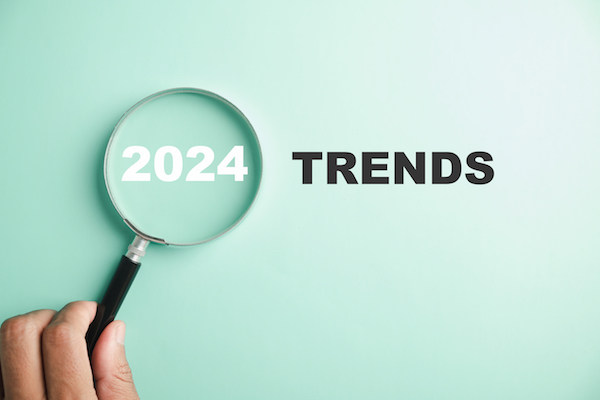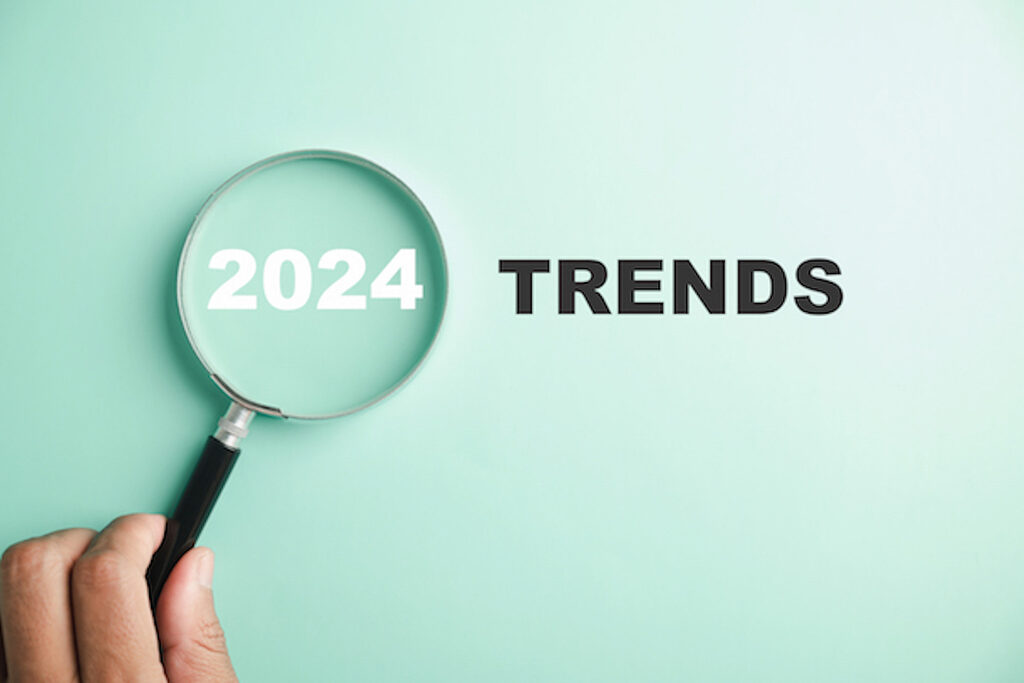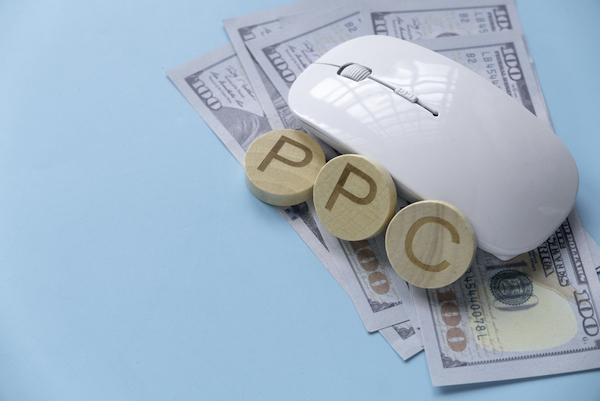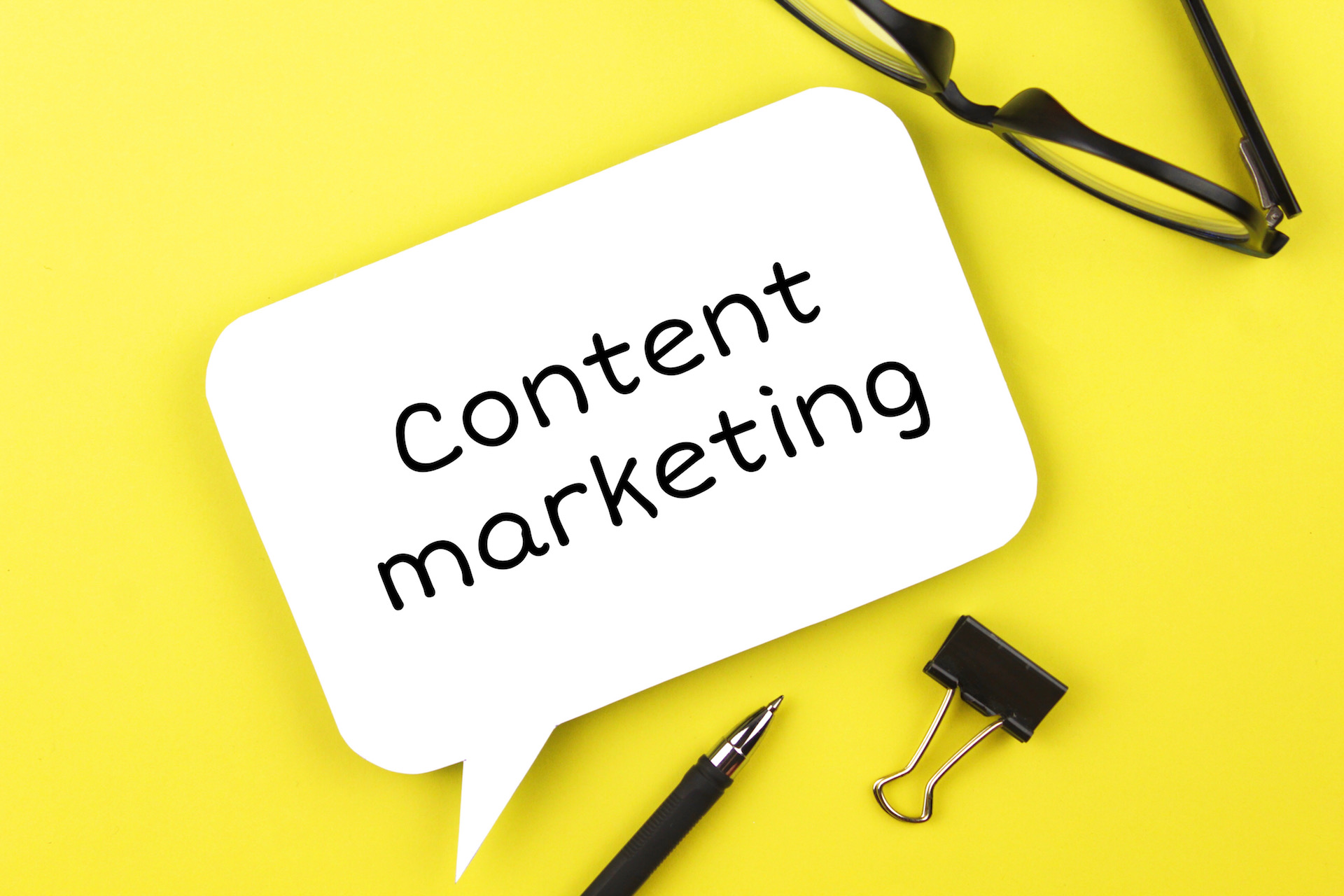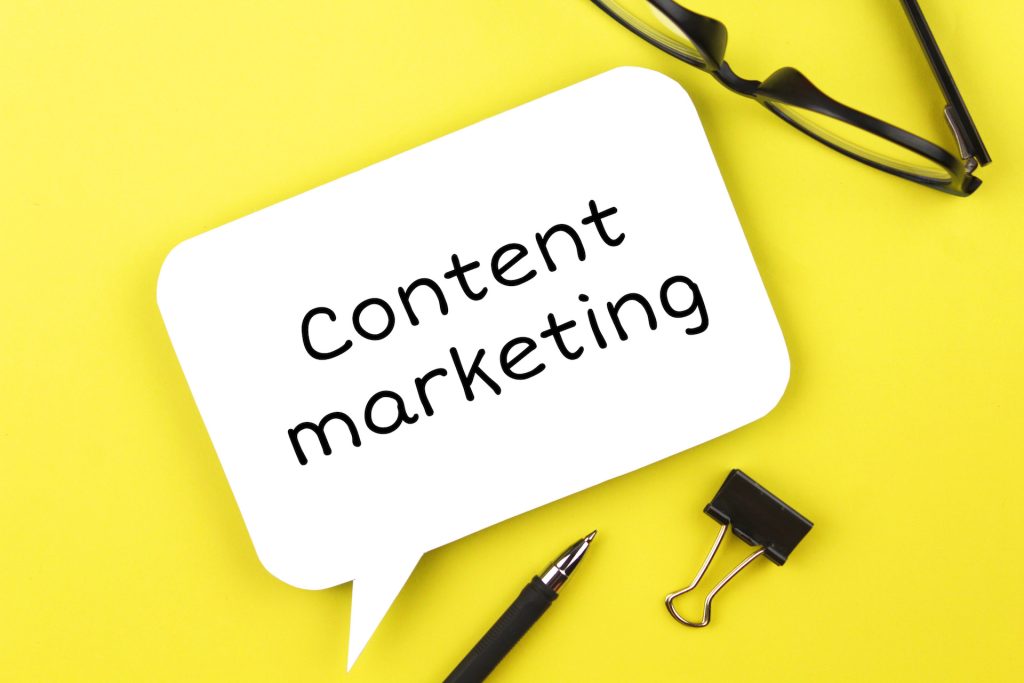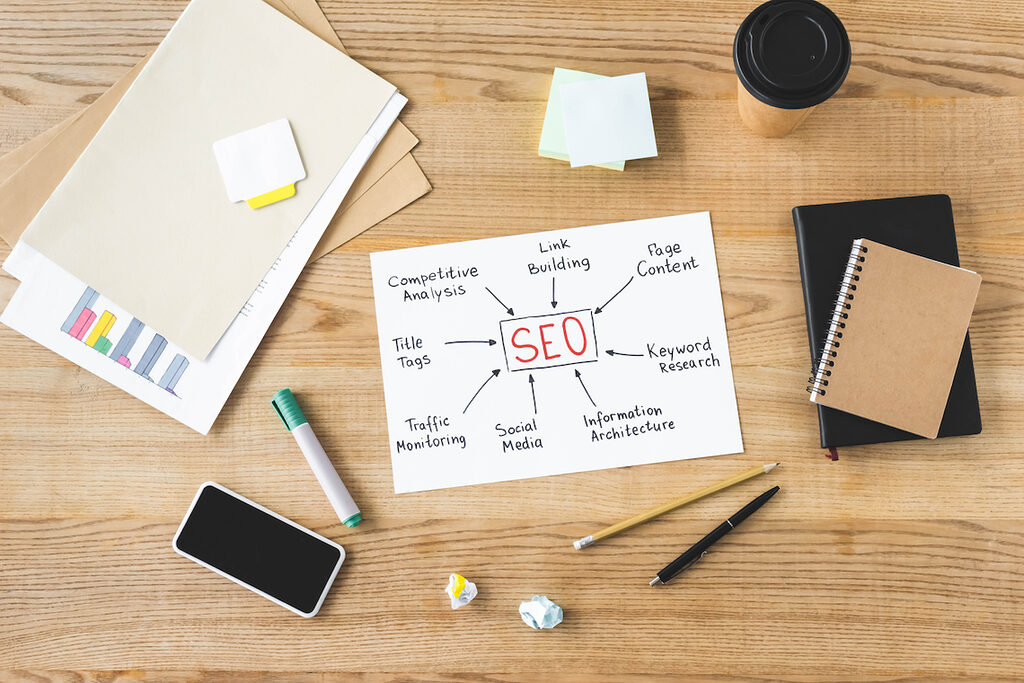
Having a robust SEO strategy is a fundamental aspect of any online marketing presence. However, its success depends on the creation of a successful SEO roadmap as the foundation for attaining elevated search engine rankings and directing organic traffic toward your website. Listed below are five essential tips to ensure that once implemented, your SEO strategy is headed in the right direction.
Keyword research is the foundation of your SEO strategy
The heart of any successful SEO strategy lies in thorough keyword research. Identify and target relevant keywords that align with your business objectives. We recommend using tools like Google Keyword Planner to discover high-traffic keywords with lower competition. Then, you can Integrate these keywords into your content, meta tags, and headers to enhance your website’s visibility.
Create quality and relevant content
Crafting high-quality, relevant content is pivotal for a successful SEO strategy. This allows you to develop engaging and informative content that caters to your target audience. By regularly updating your website with fresh content, you have more power to keep users and search engines coming back for more. Remember, the more valuable your content, the higher your chances of earning backlinks.
Optimize on-page elements for enhanced SEO
A well-optimized website is more likely to rank higher in search engine results. Focus on optimizing on-page elements such as meta titles, meta descriptions, and headers. Ensure that your content is easily readable and your website’s structure is user-friendly. Utilize descriptive URLs and include relevant keywords naturally within your content to improve your site’s SEO performance.
Backlink building should be a pillar within your SEO strategy
Building a robust backlink profile is essential for a successful SEO roadmap. Seek opportunities for guest posting, collaborate with influencers, and engage in social media promotion to increase the visibility of your content. Quality backlinks from authoritative sources signal to search engines that your content is valuable and trustworthy, contributing to higher search rankings. This element of an SEO roadmap is a Trek Marketing specialty!
Regular SEO audits keep your strategy in check
SEO is an ongoing process, and regular audits are crucial for success. By monitoring your website’s performance using analytics tools, you can identify areas that need improvement, track keyword rankings, and stay informed of algorithm changes. As part of our SEO service, we manage the regularly updating and refining of your SEO strategy, based on these insights, tol keep your roadback effective and adaptive.
What are your plans for creating your own SEO roadmap? Drop a comment below to share your vision.
Alex Wilks has been working as a copywriter and digital marketing strategist since 2018, with added specialties in social media and email marketing. With a Bachelor’s Degree in Journalism and Communication, she is a natural content writer with the ability to connect well with her target audience.
